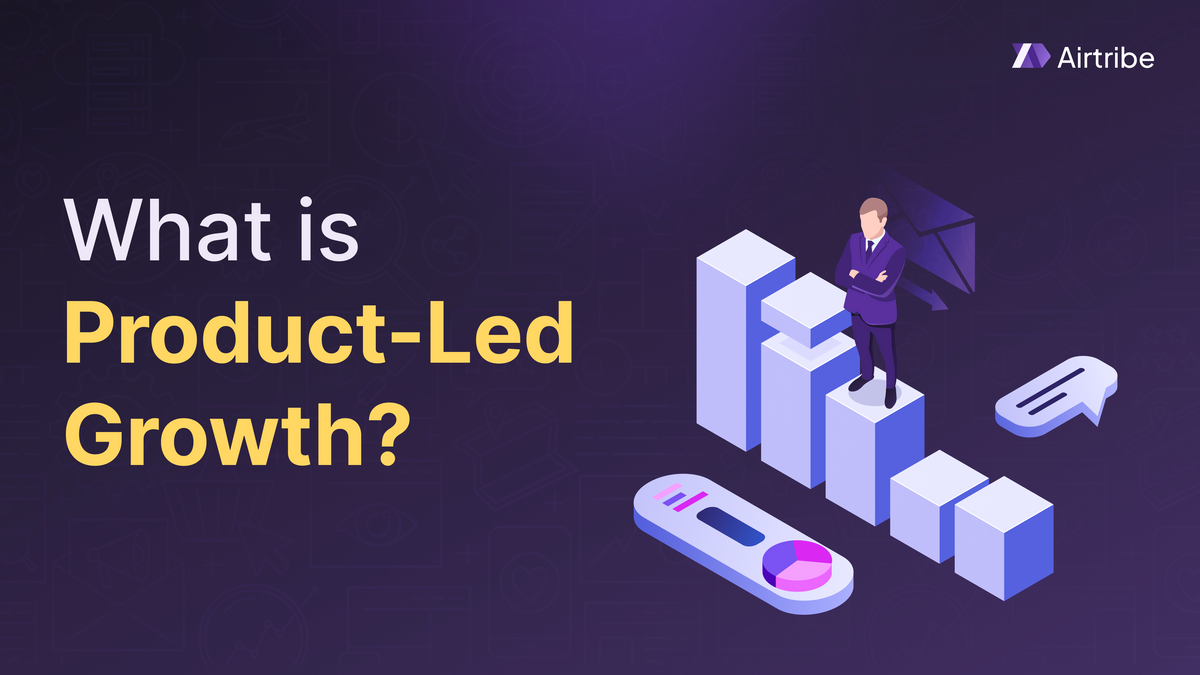What is Product-Led Growth?

Product-Led Growth (PLG) is a business strategy that focuses on creating an exceptional product experience to drive customer acquisition, retention, and expansion. In the age of SaaS and cloud-based solutions, a well-executed PLG strategy can propel startups to impressive heights. By delivering value to users through innovative product features and a user-centric approach, startups can create a natural growth loop that feeds into itself, generating more users and increased revenue.
Why Product-led Growth is Important for Startups
Startups often face fierce competition and limited resources. By prioritizing a Product-Led Growth strategy, they can:
- Reduce customer acquisition costs: With PLG, the product itself becomes the main marketing tool, attracting new users through word of mouth, social sharing, or virality. This organic growth can significantly reduce the need for expensive marketing campaigns and sales teams.
- Increase customer retention: A product-centric approach ensures that users are engaged, satisfied, and finding value in the product. This leads to increased retention rates and reduced churn.
- Drive expansion and upselling: As users become more engaged and see the value in a product, they are more likely to explore additional features or upgrade to premium plans, driving revenue growth.
How Slack leveraged Product-Led Growth:
Slack, the well-known team collaboration platform, is a fantastic example of Product-Led Growth in action. By focusing on delivering a seamless and intuitive user experience, Slack was able to capture the hearts (and wallets) of teams everywhere.
Slack's freemium model allowed users to experience the product's core features without any barriers. Its user-friendly interface, coupled with powerful integrations, quickly turned it into a must-have tool for many businesses. As users brought Slack into their workflows and invited more team members, the company enjoyed exponential growth driven by organic referrals and word-of-mouth marketing.
How to Make a Product-Led Growth Strategy
Ready to embrace Product-Led Growth for your startup? Here's a step-by-step guide to get you started:
- Understand your target audience: Know your users inside and out. Conduct user research, create personas, and identify the primary problems your product can solve for them.
- Design for user satisfaction: Create an intuitive and enjoyable user experience that keeps users engaged and encourages them to explore your product's features.
- Implement a freemium or trial model: Allow users to experience your product's value proposition without barriers, like upfront costs or lengthy sign-up processes.
- Leverage growth loops: Design features that naturally encourage sharing, referrals, and network effects. These could include in-app sharing, social media integrations, or rewards for inviting new users.
- Track and optimize: Use data to measure the success of your PLG strategy, and continually iterate and optimize your product based on user feedback and changing market trends.
What is the Future of Product-Led Growth?
With the ever-growing importance of user experience, Product-Led Growth is expected to become even more central to startup success. As technology continues to evolve and new channels for user acquisition emerge, startups will need to stay agile and continually adapt their growth strategies.
In the future, we may see even more sophisticated growth loops, leveraging AI and machine learning to optimize user experiences and drive engagement. Additionally, as privacy regulations evolve, startups will need to navigate the balance between data-driven personalization and user privacy.
